Article by Xiao Tan, TOA Landscape Architecture
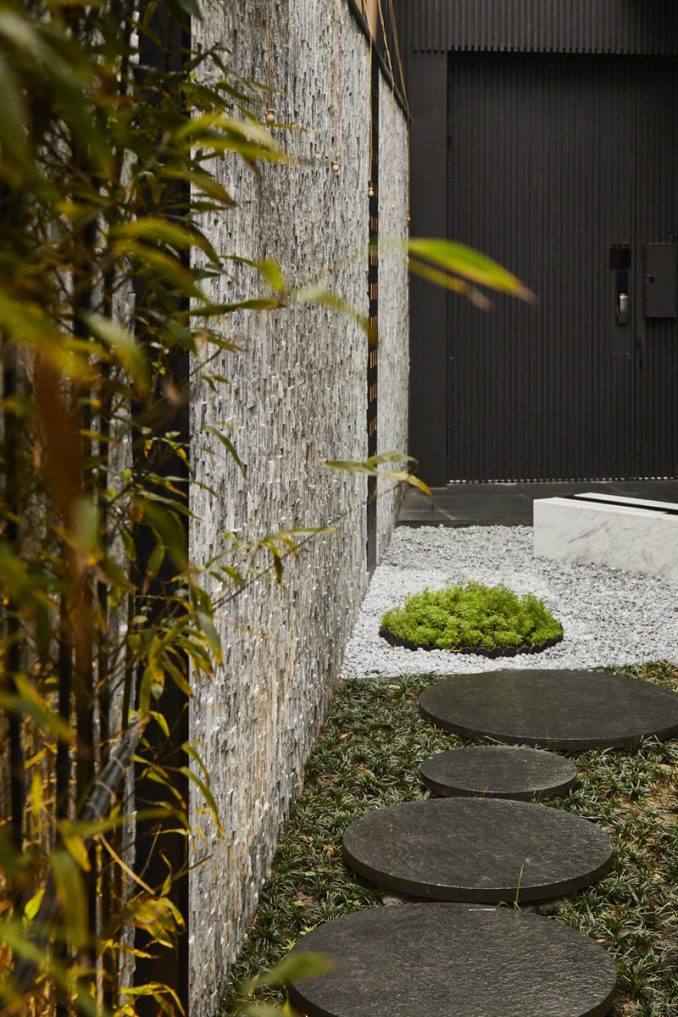
With the increasing demand for outdoor lifestyle in these days, more importance of private gardens has been attached. However, urbanites lead busy work-life and have less time to take care of their gardens. Low maintenance gardens satisfy city dwellers’ yearning for nature while leading a fast-paced life.
Gardens are mainly composed of hardscape, softscape, and outdoor furniture. Utilising Low-maintenance landscape design principles can not only reduce the construction cost but also save time, costs and effort for the owners after construction. For example, energy savings, less manual pruning, irrigation maintenance, easier cleaning, repair and renovation, and so on.
Knowledge of low maintenance helps designers to consider design process from the perspective of construction and utilization. This passage mainly talks about three ways to achieve low-maintenance garden design.
Functional design layout
By understanding the user needs and requirements it is possible to determine the functional design layout which should be the first step to ensuring low-maintenance garden design. In general, a private garden consists of many kinds of functions and spaces based on the owners’ requirements and site conditions such as land size or local weather. These functional areas can be divided into 3 categories.
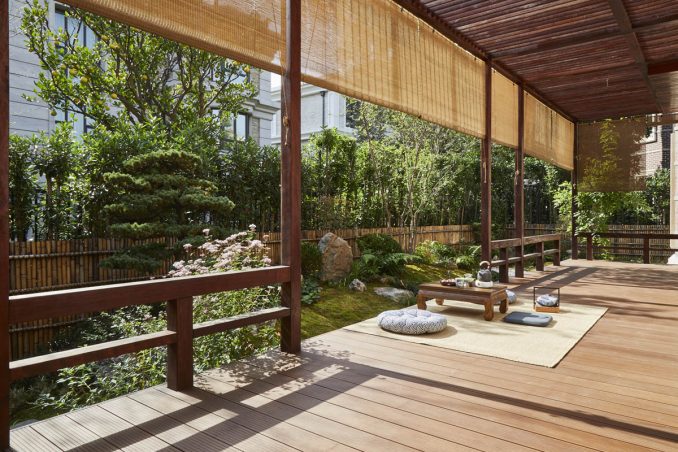
Leisure
• Rest area with outdoor furniture
• Outdoor barbeque, dining area with BBQ pit and kitchen
• Party and gathering area / Outdoor cinema
• Swimming pool
Ornamental
• Water feature / Stream/water pond
• Flower / Flora and fauna
• Dry garden or rock garden
Multi-function
• Play area, sand pit, play equipment
• Vegetable garden
Different functional areas have their own characters and require various levels of maintenance. Leisure spaces are generally dominated by hardscape and structures such as a pergola or a trellis. Ornamental space should be mainly green and dotted with hard hardscape. The multi-function space may need open space with lawn or other materials and sometimes allow space for future expansion and renovation.
Good Circulation
It is never enough to only have a functional design layout. More importantly, circulation routes can also affect the use frequency of each space and therefore influence the success of a low-maintenance garden. Users have different life habits and garden design preferences. Accordingly, low-maintenance gardens can be designed. A moderate usage rate can still achieve the goals of a low-maintenance garden. Owners sometimes will avoid using certain spaces because they are hard to access, resulting in wasted space. Long-term unused space causes dead corners resulting in higher long term maintenance.
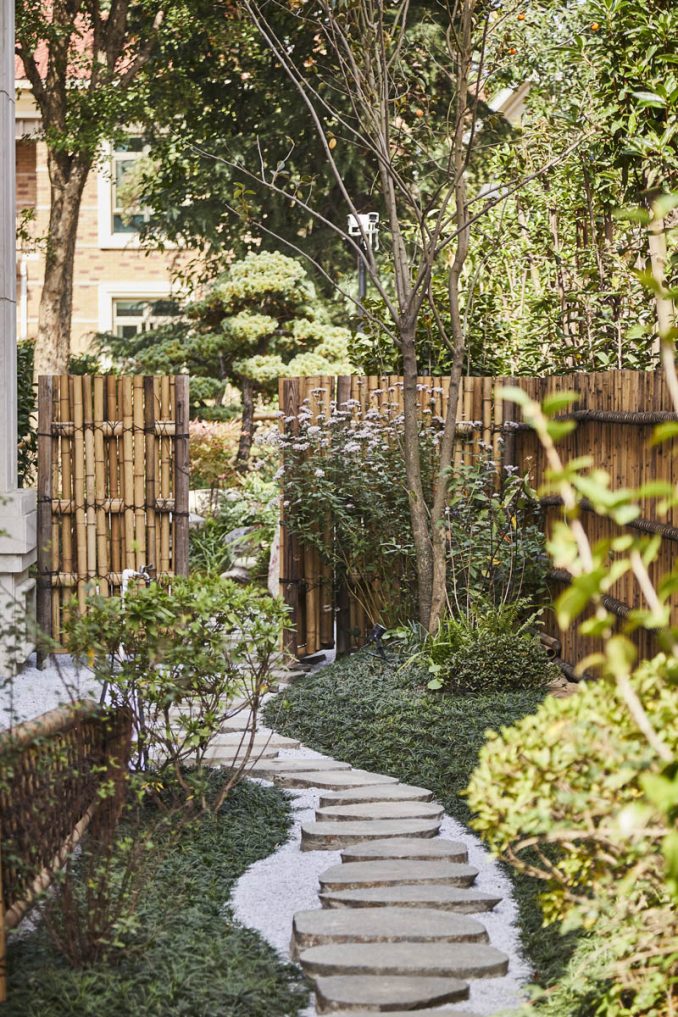
Balanced hardscape and softscape
Generally speaking, the cost of hardscape materials and labor costs are relatively high in the construction period, but that of maintenance is low. Softscape, on the contrary, is highly sensitive to the environment. Changes in light, water, and temperature will affect its’ maintenance. Therefore, the proportion of the planting area and selected species should be considered to satisfy the design purpose and future maintenance.
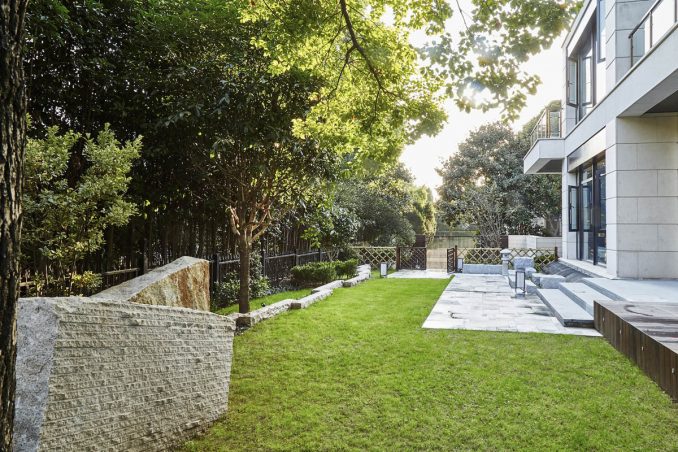
Grass areas are often a major part of gardens, however, they are high maintenance (mowing, weeding, fertilizing, aeration, and high irrigation requirements. Designers should try to keep grass areas to a minimum and try to increase areas of native plants, wildflowers, and different grasses as a substitute for grass areas.
As for hardscape, paving materials can be permeable such as pebbles, gravel, sand, and should be sourced from the local area. They are not only affordable price but also easy to construct and maintain if installed correctly.
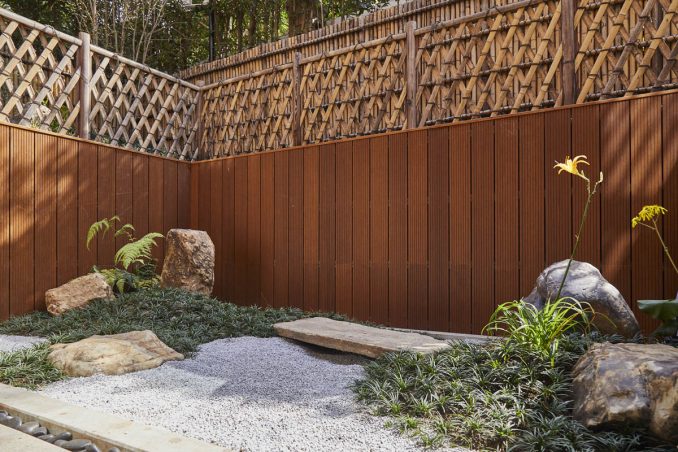
Rock gardens and rain gardens are relatively simple to maintain with their own strong adaptability. The former requires fewer types and quantities of plants, and rocks help with water-holding and less irrigation. The latter collects and reuses rainwater, which can not only improve the microclimate but also help to reduce the use of irrigation.
Article by Xiao Tan, TOA Landscape Architecture
